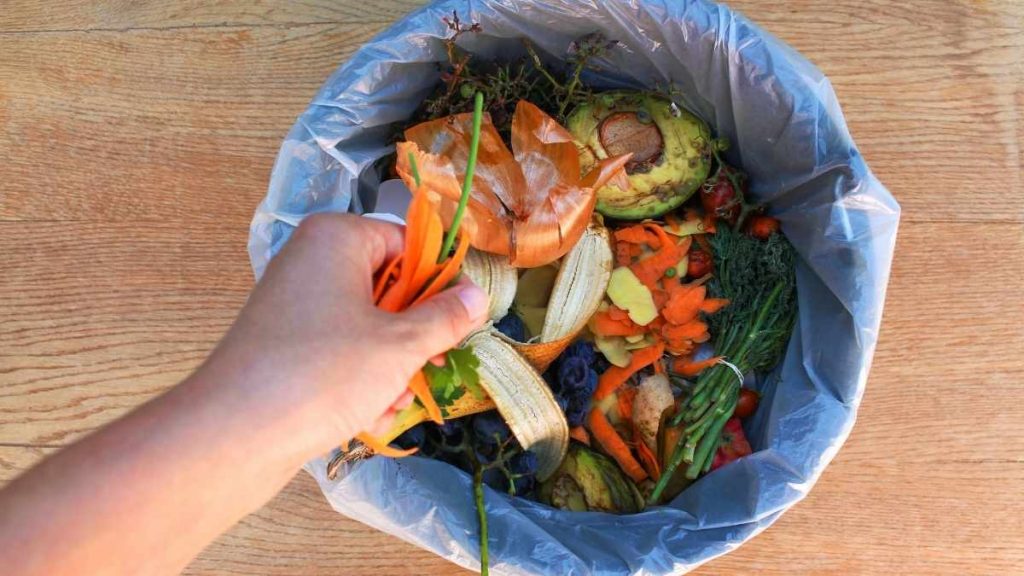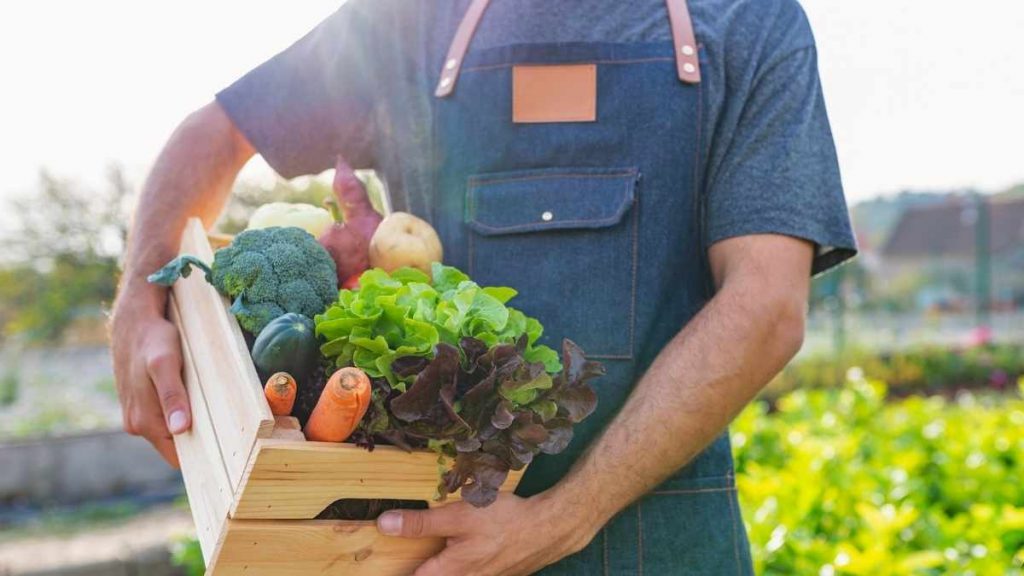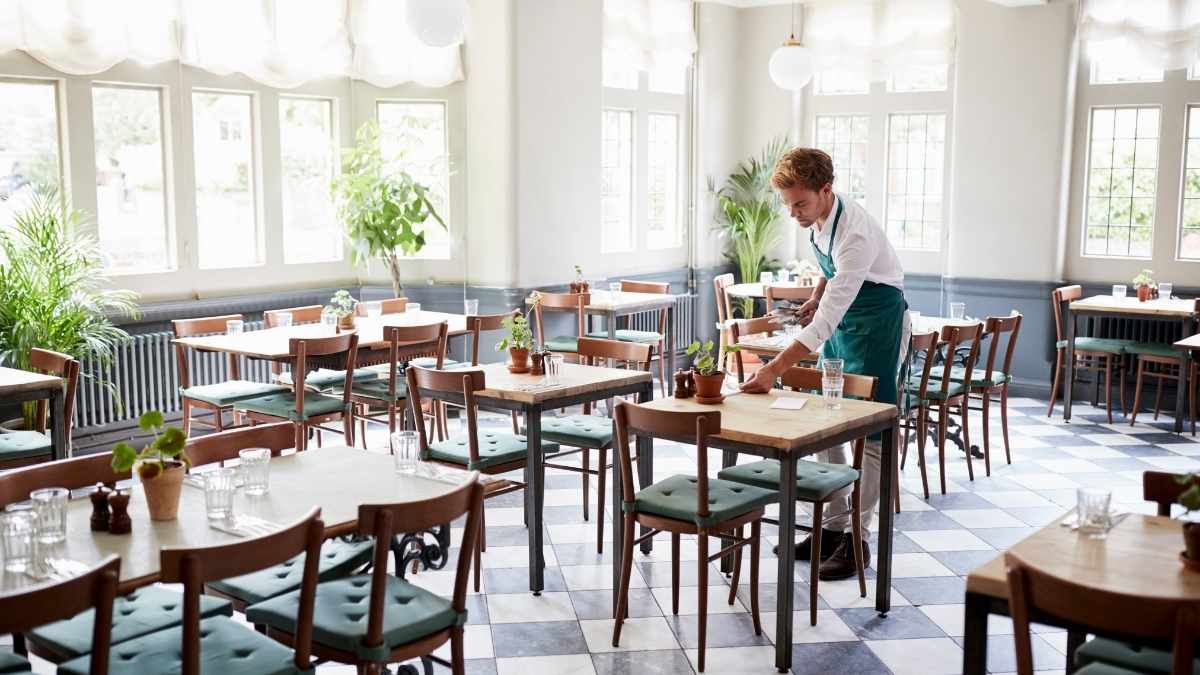Owning a restaurant is a challenge! Not only do you have to turn a profit, but you have to employ staff, increase customer satisfaction, and get everything right when preparing the food!
Considering everything you need to think about, it is easy to see why being eco-friendly may take a back seat.
However, we all know we must do more for the planet and the environment. And there are changes you can make to make your restaurant more eco-friendly.
12 Ways You Can Make Your Restaurant More Eco Friendly

Reduce Water Usage
People can save water in restaurants by only serving water to guests who request it, running the dishwasher when it is full of dishes, and only thawing frozen food in the refrigerator rather than under a faucet.
Dishwashing consumes around one-third of all water used in the hospitality industry; thus, low-flow dishwashers and a scraper for stubborn stains.
Use only warm water to empty and clean the dishwasher daily.
When washing dishes, use a dishwasher detergent specifically developed for dishwashers.
Many restaurants have discovered that closing the dishwasher door during the cycle can save up to 10% on electricity consumption.
-

Fashionably Green and On-The-Go
£16.50 Select options This product has multiple variants. The options may be chosen on the product page -

Reusable and Ready Eco-Friendly Tote Bag
£16.50 Add to cart
Use Less Cooking Oil

Reduce the amount of cooking oil you use to save energy while cooking.
You may repurpose restaurant cooking oil by adding it to salads, steamed veggies, and other side dishes or as a dipping sauce for your favorite slice of pie.
While restaurants might be notoriously wasteful with cooking oil, using less rather than more is still more cost-effective.
When you make a meal from scratch, such as meatloaf or brown rice soup, you use less oil, reducing the food’s fat level.
Use Clean Energy
To heat and cool the structure, almost all restaurants use electrical energy.
It usually is possible to achieve this through a heat pump, efficient boilers, or a combination of the two. A few eateries are even switching to natural gas heating elements.
When a restaurant purchases electricity from renewable sources, it reduces its carbon footprint.
Choose Environmentally-Friendly Packaging

Many restaurant owners are concerned about the garbage produced by their establishments.
Perhaps they have witnessed someone tossing their used food packaging into the trash, or they dislike seeing so much waste in their neighborhood.
Several restaurants reduce trash and ensure that everything is recycled rather than disposed of in a landfill.
Restaurants may limit their packaging use, reducing waste and saving money.
Bulk ordering enables a restaurant to acquire ingredients in huge amounts to make life easier for the restaurant and its suppliers.
Reduce Food Waste in the Kitchen

Any restaurant’s goal is to serve food to consumers. Food removed from the kitchen and thrown away cannot be served to anyone.
As a result, waste in a restaurant kitchen must be avoided at all costs. Every employee must create a checklist before getting up, and walking away from a dish station or prep counter is a crucial approach to prevent this.
All personnel should also know where all portion sizes are kept in the kitchen to get the correct quantity every time.
Another technique to avoid food waste is managing the inventory with a consistent supply and no excess.
Recycle Materials

Many restaurant goods are produced from recyclable materials. When they are finished with these goods, the kitchen staff should know how to separate them.
Recycling materials helps lessen the amount of waste disposed of in a landfill. Choosing items made of recyclable materials benefits more than only the environment.
It also helps to save money by lowering shipping expenses.
Because trash management businesses must pay to transfer scrap materials, it may be more cost-effective for them to send empty containers instead.
Also – don’t forget to stop using plastic straws! If you want to go green, then stop single-use plastic.
Use Energy-Efficient Appliances in the Kitchen
The majority of eateries cook their cuisine using gas burners and ranges. On the other hand, some restaurants have shifted to energy-efficient appliances for their culinary operations.
Energy-efficient appliances use less electricity to perform the same function as inefficient appliances. This can also imply less wasted heat in a commercial kitchen.
It can help you save money on your utility bill while lowering your energy usage and carbon footprint.
Many energy-saving appliances feature internal sensors that turn them off when they are no longer needed or after a predetermined time has passed.
Participate in Community Recycling Programs
You can recycle many items in restaurants. Paper napkins and tablecloths, for example, can be recycled at a restaurant’s city hall.
It is necessary since it saves the restaurant money on trash disposal fees while conserving valuable resources.
It also contributes to the planet’s cleanliness and environmental health by preventing landfills and polluting its valuable seas.
Alternative to recycling at city halls, there are other options for recycling through municipal recycling programs.
Serve Locally Grown Produce and Organic Food (If Possible)

In the restaurant industry, the ancient adage “If you’re not part of the solution, you’re part of the issue” is especially true.
Restaurants support locally farmed food in their community while lowering their carbon footprint by carrying more minors.
Locally grown items are more nutritious and have a lesser carbon footprint because they are also grown on small farms. As a result, buyers get the best of both worlds: an outstanding product with a lesser carbon footprint.
Many eateries are switching to organic food since it is a healthier alternative for customers.
Because most pesticides are not utilized on plants, organic food has a better nutritional value.
Reduce Paper Use and Go Digital
Printing and copying paper is a wasteful operation that generates over 15,000 pounds of trash annually. It is strongly advised that all documents be kept digitally.
Menus, guest checks, credit card receipts, gift certificates, event brochures, and invites are all examples of this.
If the restaurant provides digital printing or scanning services to customers, the design should be the same on paper in digital formats.
Restaurants can also save time and money by printing double-sided copies of documents.
Limit the Number of Party Supplies

Its business will grow if a restaurant provides more ecologically friendly party services. However, throwing a party can be expensive and time-consuming.
Many people will go to a department shop to buy party materials if given the option.
It enables the restaurant to exit the party organizing sector unless you can throw eco-friendly parties!
Adopt Practices That Are Sustainable for the Environment
There are numerous ways for a restaurant to benefit the environment and move toward sustainability.
Restaurants, for example, can assist in cultivating vegetables on a communal farm.
When they have done growing their food, they can sell it to consumers or give it as a present to other restaurants’ guests. It ensures that no resources are squandered due to the restaurant’s operations.
Another thing restaurants can do is reduce food waste.
Conclusion
How can restaurants be more environmentally friendly? Easy, by following the 12 tips right here on this page.
Being eco-friendly shouldn’t stop at home; it should be replicated at work, restaurants, traveling, and any other time!
Building sustainable practices is a habit that is difficult to break once you get into it, so now is the time to begin.

